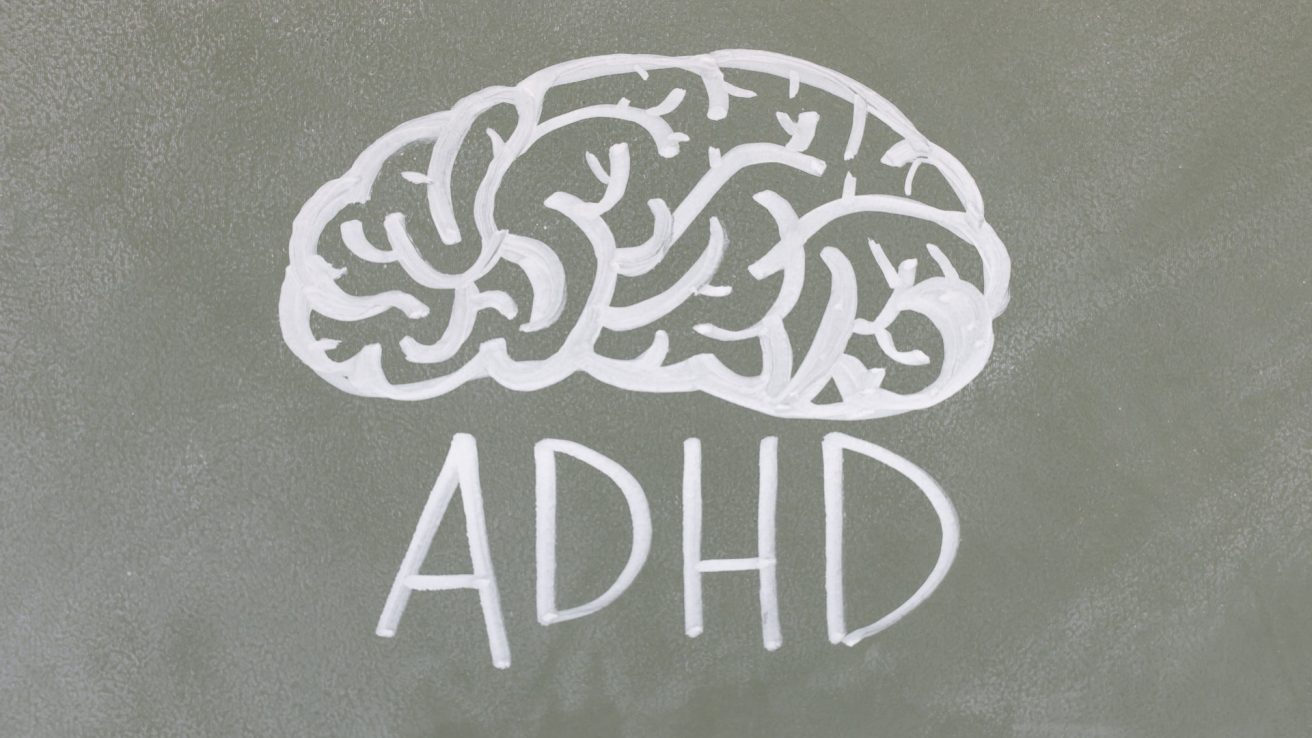Inherited ADHD seems to show unique neurological markers when compared to ADHD in those who have no familial history of the condition and healthy controls.
Attention-deficit/hyperactivity disorder (ADHD) is a highly prevalent, inheritable, and heterogeneous condition. Those with a family history of ADHD are at a higher risk of developing ADHD that persists into adulthood. This study, published in Brain Sciences, focuses on the influence of positive family risk factors in the neuroanatomy of the brain in children with ADHD. The study used data from 606 participants, split into groups with familial ADHD, non-familial ADHD, and children without ADHD.
Significant Structural Differences Noted in Cuneus, Pars Orbitalis, and Thalamus in Familial ADHD vs. Other Subgroups
Cortical thickness, surface area, and volume-based measurements were collected for all participants. Compared to the controls, both of the ADHD groups showed significantly reduced gray matter surface area in the left cuneus. The familiar ADHD group also showed significantly increased gray matter volume in the right thalamus and significantly thinner cortical thickness in the right pars orbitalis, compared to the non-familial ADHD group. Among the familial ADHD group, the increased volume of the right thalamus significantly correlated with a reduced Diagnostic and Statistical Manual of Mental Disorders (DSM)-oriented t-score for ADHD problems. This and other findings indicate that a family history of ADHD may be associated with structural abnormalities in the thalamus and inferior frontal gyrus.
How Does Family History Contribute to ADHD Development?
These structural abnormalities may contribute to the emergence of ADHD symptoms in children and may indicate that those with familial ADHD are a more homogeneous subgroup of people with ADHD as a whole. Further longitudinal studies are needed to evaluate the developmental trajectories of these specific familial neural markers and their roles in later clinical outcomes.
Source:
Baboli, R., Cao, M., Halperin, J. M., & Li, X. (2022). Distinct Thalamic and Frontal Neuroanatomical Substrates in Children with Familial vs. Non-Familial Attention-Deficit/Hyperactivity Disorder (ADHD). Brain Sciences, 13(1), 46. MDPI AG. Retrieved from http://dx.doi.org/10.3390/brainsci13010046










